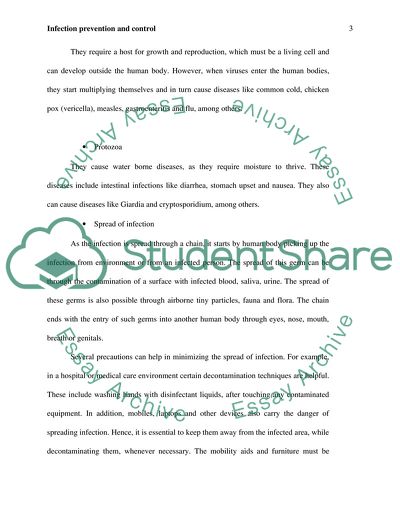Cite this document
(Health and Social Care: Infection Prevention and Control Coursework, n.d.)
Health and Social Care: Infection Prevention and Control Coursework. Retrieved from https://studentshare.org/health-sciences-medicine/1869416-health-and-social-care
Health and Social Care: Infection Prevention and Control Coursework. Retrieved from https://studentshare.org/health-sciences-medicine/1869416-health-and-social-care
(Health and Social Care: Infection Prevention and Control Coursework)
Health and Social Care: Infection Prevention and Control Coursework. https://studentshare.org/health-sciences-medicine/1869416-health-and-social-care.
Health and Social Care: Infection Prevention and Control Coursework. https://studentshare.org/health-sciences-medicine/1869416-health-and-social-care.
“Health and Social Care: Infection Prevention and Control Coursework”, n.d. https://studentshare.org/health-sciences-medicine/1869416-health-and-social-care.


